I have written in the past about some of the drawing work I do with my students. If you want to read about our work with 3D objects, setting, comprehension, or just want to learn about the drawing program, click on these links to previous posts to read more. I wanted to share one lesson I do that bridges drawing and science beautifully – draw what you see.
The lesson is really a very simple look at drawing a still life. I get out one of my classroom puppets, and I demonstrate to my students how I look carefully at the puppet, and draw each part that I notice. I take great care in making sure they understand that for this type of drawing, I am not making anything up. I am looking frequently at my subject, and then replicating it the best I can on my paper. I spend some time on this modeling (and the kids are really enraptured, so it is no problem keeping their attention.) I also call attention to making the colors match carefully. I hold up a crayon next to my subject and reflect on whether it is the best match for shade, or if I should keep looking. This modeling process is key. It shows the kids exactly what I expect them to do, and it highlights for them that the point is to make their picture look as similar to the real subject as possible.
I then give each group of children a subject (I use my puppets, which they love) and give them plenty of time to work. I am always amazed and thrilled with how careful they are with this work, and how much time they spend on their drawings.
Of course, this task helps them to focus, do careful work, and create something beautiful. However, the reason I do this lesson is to lay the groundwork for scientific drawing. When we begin to do our study of plants, and the kids keep reflective journals of the experiments that we are working on, I want them to be familiar with drawing what they see. Rather than drawing their personal best flower, I want them to draw the plant in front of them, keeping record of what is happening in the experiment.
This introductory lesson helps them to learn how to shift their drawing process for different types of work. Sometimes I want and expect them to draw from their imagination. Other times I want them to be familiar with how to record what is in front of them. Best of all – they love it!

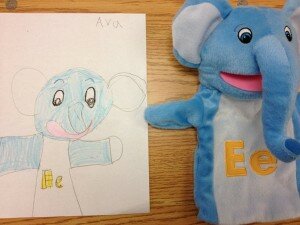
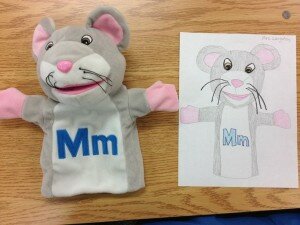
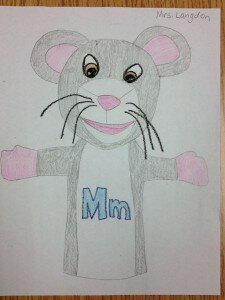
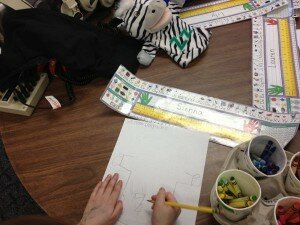
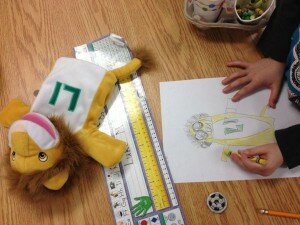
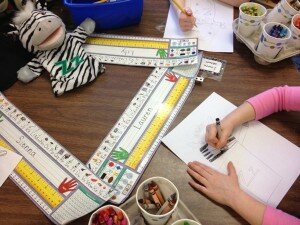
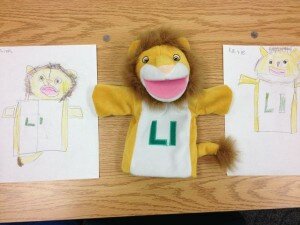
I was just thinking about doing the same thing. A lot of the time, we just take for granted that children know how to look at things and draw them. We need to take the time to model, think aloud and practice. Thank you for validating my thoughts!
I think we also get caught up sometimes in the “right” way to do things. I really believe in letting kids draw creatively from their imaginations. However, they do need to learn some techniques in order to be successful. It is not an all or nothing kind of thing!
I enjoy what you guys are up too. Such clever work and coverage!
Keep up the excellent works guys I’ve added you guys to our blogroll.
http://janetpogorelcphotography.com?key=cheap+michael+kors